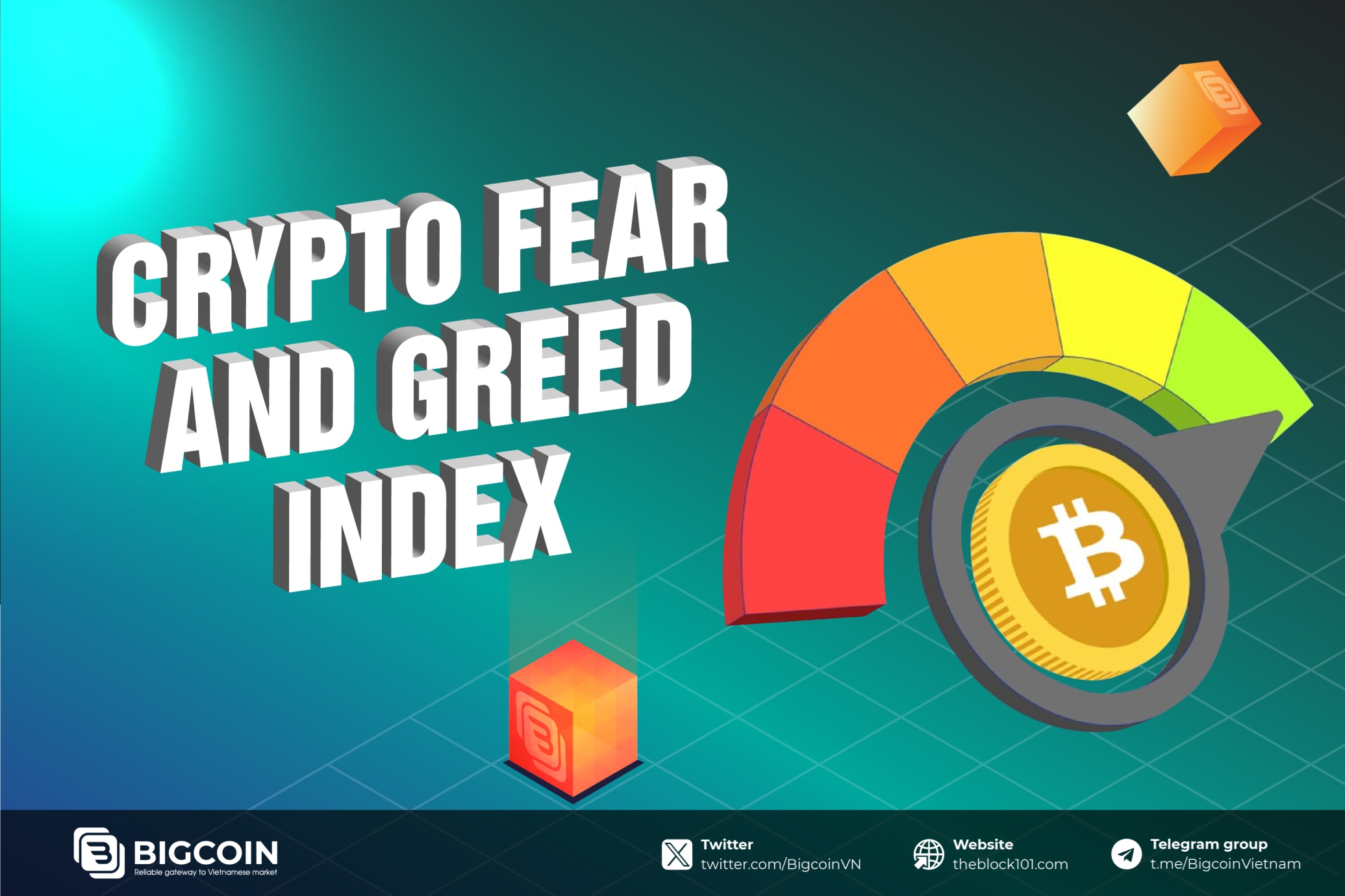1. Understanding the Crypto Market Crash

Before diving into the causes of the market crash, it’s important to understand the fundamentals of the crypto market and why its nature makes it so prone to volatility. In this section, we explore what the crypto market is and discuss the characteristics that contribute to its rapid price fluctuations.
1.1 What Is the Crypto Market?
The crypto market is a decentralized digital ecosystem built on blockchain technology where cryptocurrencies such as Bitcoin, Ethereum, and numerous altcoins are traded 24/7. Unlike traditional financial markets that operate within set hours and under centralized control, the crypto market runs continuously. Key aspects include:
-
Innovation-Driven Environment: New tokens, decentralized finance (DeFi) projects, and blockchain innovations emerge rapidly, fueling both excitement and unpredictability.
-
Global Participation: With investors from around the world, the market benefits from high liquidity and diverse participation, but it also faces varying regional regulations and economic conditions.
-
Technology-Centric Dynamics: The market’s performance is heavily influenced by technological advancements as well as vulnerabilities, such as cybersecurity breaches and software glitches.
1.2 Characteristics of a Volatile Market
The inherent volatility of the crypto market is one of its defining features. In 2025, several factors have made these fluctuations even more pronounced:
-
Rapid Price Swings: Crypto asset prices can soar or plunge within hours due to market sentiment, breaking news, or automated trading algorithms.
-
Speculative Trading: A large portion of trading is driven by short-term speculation and social media trends, which can amplify price movements dramatically.
-
Limited Historical Data: As a relatively young asset class, cryptocurrencies lack the extensive historical performance data of traditional investments, making risk assessment and forecasting more challenging.
2. Key Factors Driving the Crypto Market Crash

Understanding the root causes of the current downturn requires examining a mix of regulatory, economic, behavioral, and technical factors. This section delves into each factor in detail to explain how they collectively contribute to the market crash.
2.1 Regulatory Uncertainty and Government Interventions
In 2025, the regulatory landscape for cryptocurrencies has evolved rapidly, with significant impacts on market stability:
-
Stricter Regulations: Governments worldwide are tightening controls over digital assets to combat fraud, money laundering, and other illicit activities. New comprehensive guidelines have introduced uncertainty, with investors fearing that over-regulation could limit innovation and market access.
-
Policy Announcements: Recent policy announcements—including potential tax reforms on crypto transactions and enhanced compliance requirements—have triggered swift market reactions and panic selling as investors anticipate tighter restrictions.
-
Increased Enforcement: Regulatory bodies in regions such as the European Union and Asia have ramped up enforcement efforts, causing temporary disruptions and diminishing overall investor confidence.
2.2 Global Macroeconomic Conditions Impacting Crypto
The crypto market is not isolated from the broader global economy, and several macroeconomic factors have intensified the current downturn:
-
Inflation and Rising Interest Rates: Persistent inflation has led central banks to raise interest rates further, making safer, traditional investments more appealing compared to high-risk cryptocurrencies.
-
Economic Uncertainty: Geopolitical tensions and economic slowdowns in major economies have driven investors toward safe-haven assets, reducing the capital available for speculative crypto investments.
-
Currency Volatility: Fluctuations in fiat currencies, coupled with emerging financial system challenges, have contributed to erratic crypto price movements and increased market uncertainty.
2.3 Speculative Trading and Investor Sentiment Shifts
Investor behavior remains a critical element in the crypto market’s volatility, with sentiment playing a major role:
-
Hype Versus Panic: The market is extremely reactive to news and social media trends. Early in 2025, negative reports ranging from security breaches to regulatory crackdowns incited widespread panic selling.
-
FOMO and Bubble Dynamics: The fear of missing out (FOMO) often drives asset prices to unsustainable levels during bullish trends. Once the bubble bursts, the subsequent crash is swift and severe.
-
Social Media Influence: Platforms like Twitter and Reddit continue to influence investor decisions, often with rapid shifts in sentiment that are detached from underlying fundamentals.
2.4 Technical Issues, Security Breaches, and Liquidity Challenges
Technological factors have increasingly come to the forefront, affecting market stability:
-
Exchange Outages and Glitches: Several major exchanges experienced technical outages in early 2025, which exacerbated panic selling and intensified the market crash.
-
Security Breaches: High-profile hacks have compromised trust in certain platforms, prompting large-scale fund withdrawals and further destabilizing the market.
-
Liquidity Constraints: During periods of heavy selling, a lack of liquidity means there are not enough buyers to absorb the sell-off, leading to sharper and more rapid price declines.
3. Impact of the Crypto Market Crash on Different Stakeholders

The effects of the crypto market crash extend beyond price drops, influencing various groups within the financial ecosystem. In this section, we analyze how retail investors, institutional players, and the broader economy are affected by the downturn.
3.1 Retail Investors and Their Vulnerabilities
Retail investors are often the most susceptible during market crashes due to limited resources and risk management practices:
-
High Risk Exposure: Many retail investors lack sophisticated risk management strategies, making them vulnerable to rapid market declines.
-
Emotional Decision-Making: The panic induced by sudden price drops can lead to impulsive selling, often at significant losses.
-
Concentrated Portfolios: Holding a concentrated portfolio in a few volatile cryptocurrencies can amplify losses when the market takes a downturn.
3.2 Institutional Investors and Market Dynamics
Institutional investors, while better equipped to manage risk, are also impacted by the crypto market crash:
-
Portfolio Rebalancing: Institutions are forced to quickly adjust their portfolios by liquidating positions, which can further exacerbate market declines.
-
Market Sentiment Leadership: Large-scale moves by institutional investors often set the tone for overall market sentiment; their exit can signal caution to retail investors, triggering additional sell-offs.
-
Regulatory and Compliance Adjustments: As regulatory environments evolve, institutions must frequently reassess their exposure and adjust strategies accordingly, contributing to market volatility.
3.3 Broader Economic Implications
The ripple effects of the crypto market crash are felt beyond the digital asset space, influencing related sectors and overall investor confidence:
-
Spillover Effects: Downturns in the crypto market can negatively impact blockchain startups, fintech companies, and even traditional financial institutions that have embraced digital assets.
-
Reduced Investor Confidence: Widespread losses in the crypto market often dampen investor enthusiasm for emerging and speculative asset classes, potentially stifling innovation.
-
Innovation Slowdown: With increased regulatory scrutiny and risk-averse investment strategies, funding for new blockchain projects may slow down, delaying technological advancements in the industry.
4. Strategies to Mitigate Risks During a Crypto Market Crash
.png)
In the face of extreme market volatility, adopting robust strategies is crucial to protect investments and navigate turbulent times. This section outlines actionable steps for risk management and long-term planning.
4.1 Diversification and Risk Management Techniques
Implementing effective risk management is essential in minimizing losses during a crash:
-
Portfolio Diversification: Spread investments across various asset classes, including traditional stocks, bonds, and alternative assets, to mitigate overall risk exposure.
-
Stop-Loss Orders: Utilize stop-loss orders to automatically sell assets when prices drop below a certain threshold, limiting potential losses during rapid market declines.
-
Regular Portfolio Rebalancing: Periodically review and adjust your portfolio to ensure that no single asset disproportionately affects your overall risk profile.
4.2 Long-Term Investment Approaches
A long-term perspective can help buffer against short-term volatility and market crashes:
-
Dollar-Cost Averaging: Consistently invest a fixed amount over time, regardless of market conditions, to reduce the impact of short-term price fluctuations.
-
HODL Strategy: Many investors choose to “HODL” (hold on for dear life) high-quality digital assets with strong fundamentals, trusting that long-term growth will eventually outweigh short-term volatility.
-
Fundamental Analysis: Focus on projects with solid technological foundations, active communities, and real-world use cases rather than getting swayed by market hype.
4.3 Staying Updated with Market Trends and Regulatory Developments
Continuous learning and adaptability are key to navigating an ever-evolving market landscape:
-
Continuous Research: Regularly follow reputable news sources, market analysis, and expert opinions to stay abreast of the latest trends and regulatory changes.
-
Community Engagement: Participate in online forums, webinars, and local crypto communities to share insights and gain a broader perspective on market developments.
-
Adaptive Investment Strategies: Be flexible in your investment approach, ready to adjust your strategy as new data and regulatory updates emerge.
5. Conclusion
The crypto market crash of 2025 is driven by a complex interplay of regulatory pressures, global economic instability, speculative investor behavior, and technical challenges. As governments tighten controls and economic uncertainties persist, both retail and institutional investors must navigate an increasingly volatile landscape. By understanding these factors and implementing robust risk management and long-term strategies, investors can better safeguard their portfolios and potentially capitalize on opportunities when the market recovers.
Staying informed, maintaining a diversified portfolio, and being adaptable in your investment approach are crucial steps toward weathering the storm. While the current downturn presents significant challenges, history has shown that markets possess the resilience to recover—and those who prepare wisely may emerge stronger in the long run.
Read more:

 English
English Tiếng Việt
Tiếng Việt.png)










.jpg)
.jpg)




